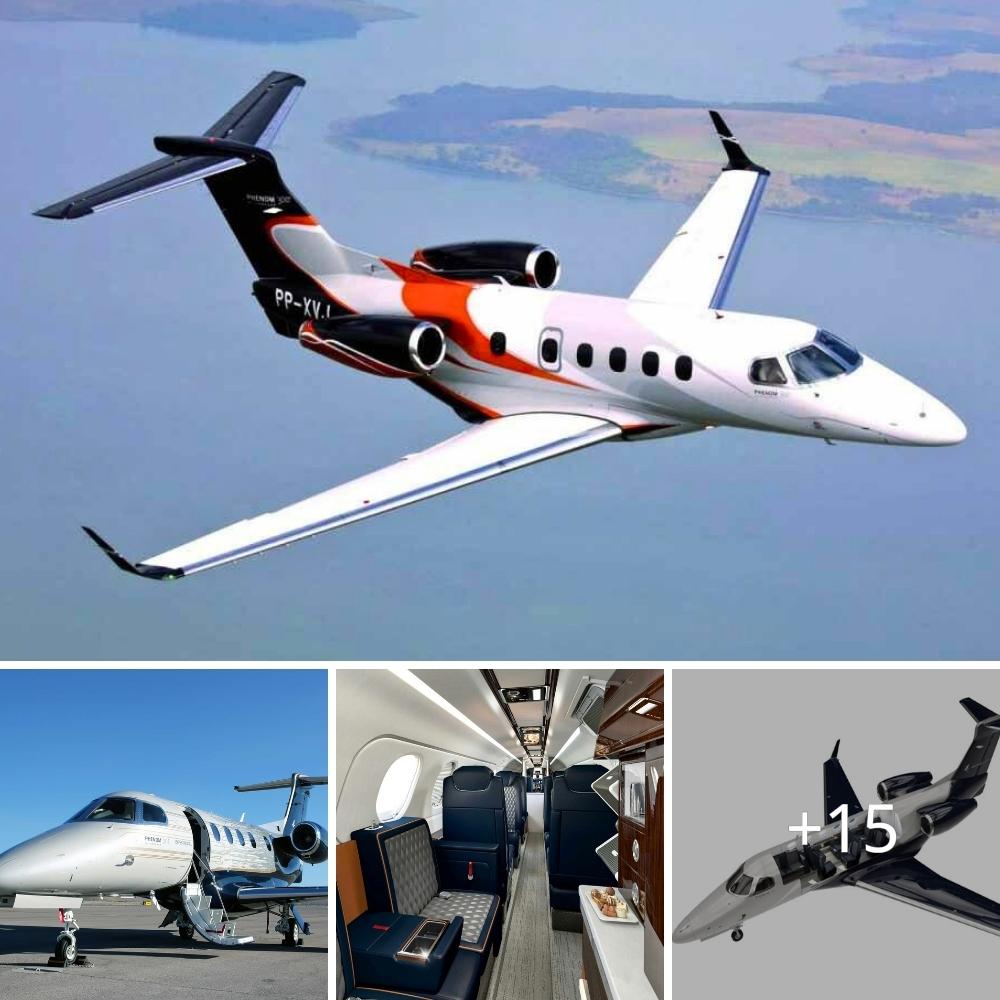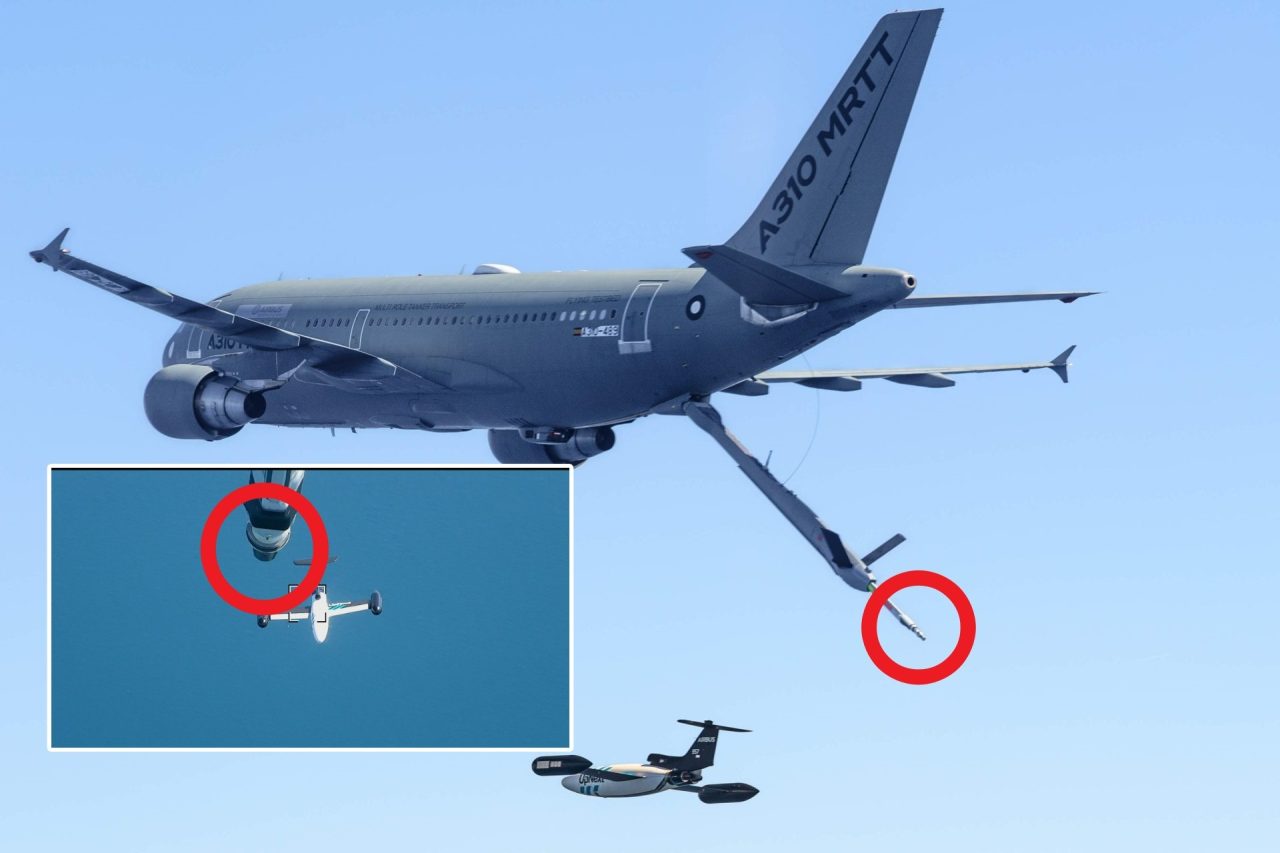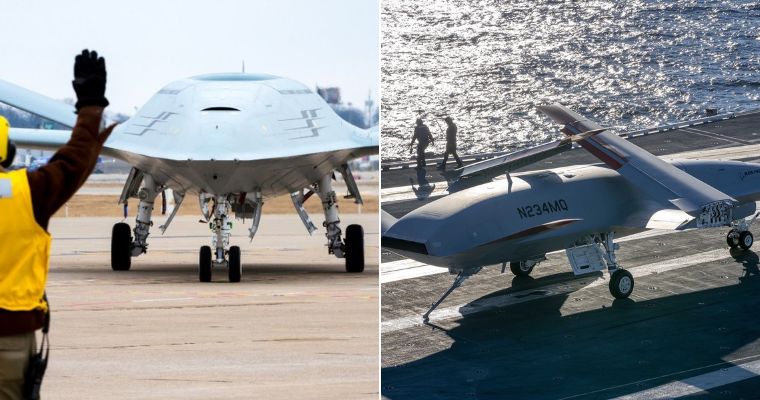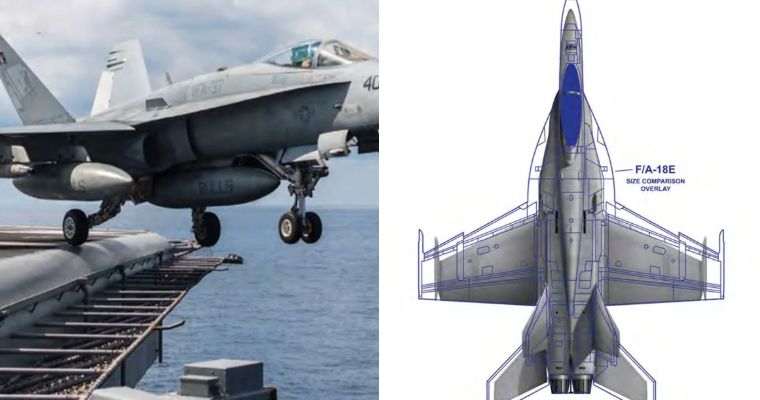The SR-71, best known as the Blackbird, is one of the most legendary U.S. military planes. But what was it like to be one of the people trying to shoot down this super-fast spy plane?
The SR-71, best known as the Blackbird, is one of the most legendary U.S. military planes. It flew faster than any other plane, including over the Soviet Union on espionage and reconnaissance missions. The Blackbird was never shot down at any point in its more than thirty-year life, even though more than 4,000 missiles were fired at it over the years. There were some close calls, however.
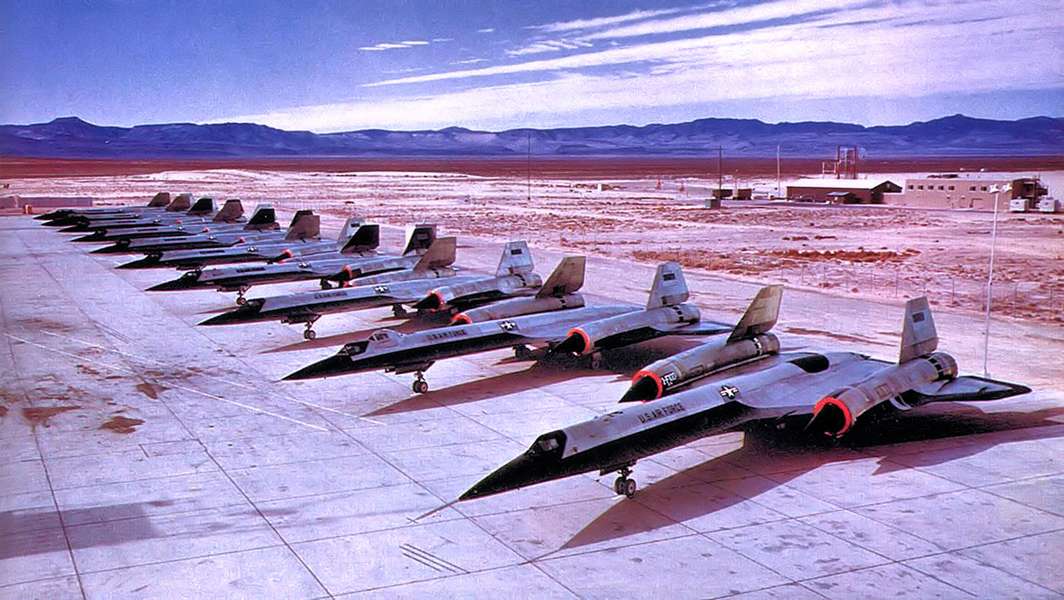
But what was it like to be one of the people trying to shoot down this super-fast spy plane? A few years ago, we got a rare look at what they did and what their strategy was.
The story was told in Paul F. Crickmore’s book “Lockheed Blackbird: Beyond the Secret Missions,” which published a new edition in 2016. According to an article in the Aviation Geek Club, the book quoted Major Mikhail Myagkiy, a retired Soviet MiG-31 pilot.
In the early 1980s, the Soviets started using a new interceptor jet fighter, called the MiG-31. Myagkiy, the Soviet pilot, was among those who was tasked with executing intercepts throughout the mid-1980s, in the far north of the Soviet Union. Myagkiy claimed fourteen “successful” SR-71 intercepts.

That article in the Aviation Geek Club explained how Myagkiy detailed his first such mission, in 1983. “According to his recollection, the procedures for a successful intercept were crazy and completely inadequate when considered against the threat posed by the SR-71’s spy flights. The speed and altitude of the American aircraft simply hypnotized everyone. Therefore, each attempted SR-71 interception was considered a top priority, not only for fighter aviation but also for the PVO’s entire 10th Army.”
Because of the “scheme” for intercepting the SR-71, the Russian planes had to launch exactly sixteen minutes after they first received the alert.
The MiG-31s used a thermal channel to try to intercept the Blackbirds. After capture of the target, a voice in the cockpit would say “Attack!,” was which point missile preparation began.
Per the account, if an SR-71 had violated Soviet airspace, “there was practically no chance that the aircraft could avoid an R-33.” But the United States had officially banned overflights of Soviet airspace after the U-2 incident in 1960, so that never happened by the time of the arrival of the MiG-31.

Mikhail Myagkiy went on record in the book about one of the intercepts, in early 1986. In all the intercepts throughout his career, it was the only time he saw the SR-71 with his own eyes.
“They alerted us for an SR-71 intercept at approximately 11:00. They sounded the alarm with a shrill bell and then confirmed it with a loudspeaker. To this day I have been averse even to ordinary school bells, because a bell was the first signal for a burst of adrenaline. The appearance of an SR-71 was always accompanied by nervousness. Everyone began to talk in frenzied voices, to scurry about, and react to the situation with excessive emotion,” he said.
“The WSO lowered and turned on the OMB and within five seconds had captured the target. A feminine voice in the earphones announced, Attack’, and a symbol was illuminated on the SEI. The SR-71 was proceeding on the ‘return loop’, from east to west, so we began the intercept immediately,” he said.
“The SR-71 was flying over the ocean ever so carefully on a track 60km [37 miles] out from, and parallel to, the coast. I reported ‘we’re breaking of to the command post and came off afterburners.

We had been airborne for 15 minutes 40 seconds… After 30 seconds we once again began to lose altitude. We went subsonic at the normal 12,000m [39,370ft]. Dropping down to 8,000m [26,247ft], we tracked toward our airfield. After the last vector was issued the command centre handed us off to our regiment command post, which directed me to a checkpoint at an altitude of 4,100m [13,451ft]. At 32km [20 miles] out from the airfield I lowered the gear and began to descend. We conducted a straight-in landing at a speed of 310km/h [193mph] . The entire flight had lasted 50 minutes.”
Source: nationalinterest.org



